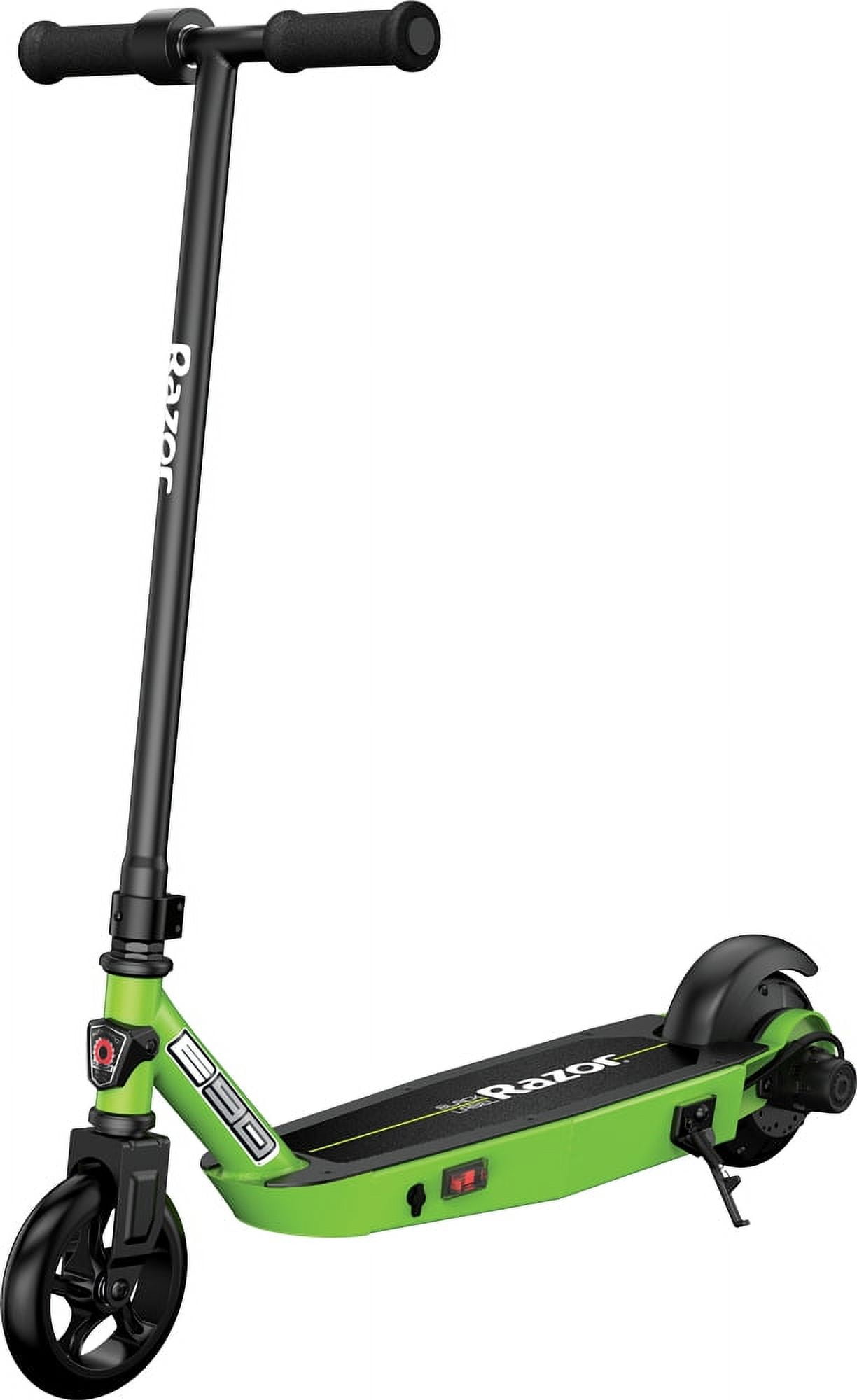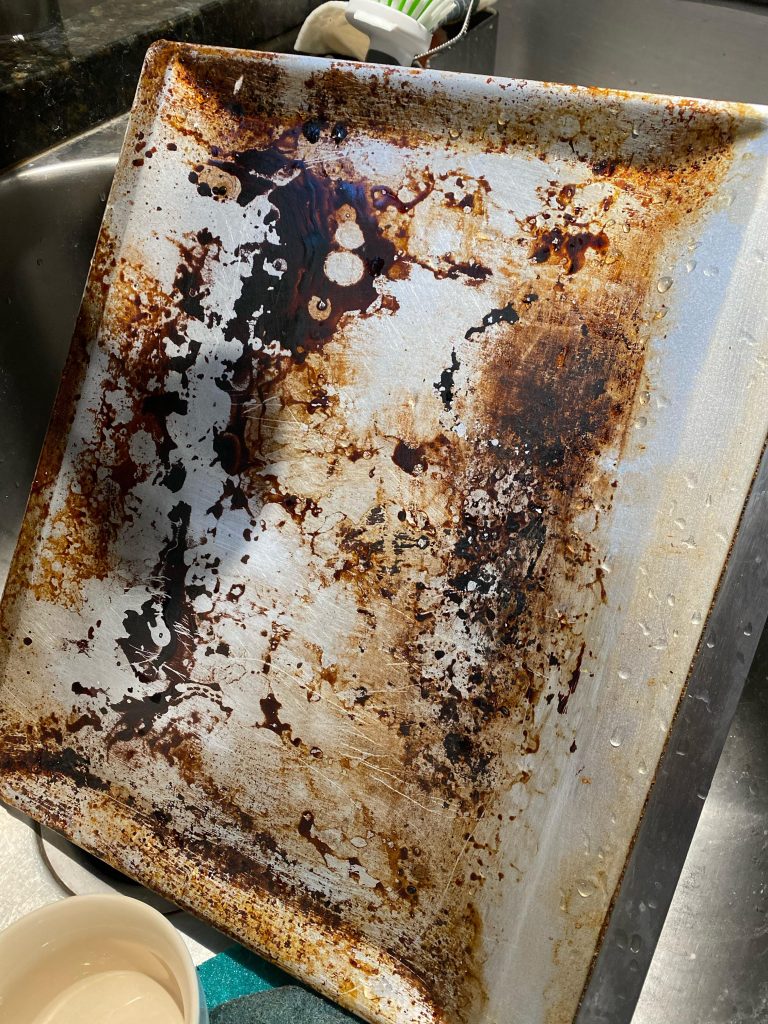How to Fix a Razor Electric Scooter: Quick Solutions

To fix a Razor electric scooter, check the battery and connections. Replace or recharge the battery if needed.
Razor electric scooters are popular for their convenience and eco-friendliness. Yet, like all devices, they sometimes need repairs. Common issues include battery problems, loose connections, or worn-out parts. Regular maintenance can prevent many of these issues. Always start by inspecting the battery and connections, as these are the most frequent culprits.
Ensure all wires are securely connected and the battery is fully charged. If the problem persists, it might be necessary to replace parts like the throttle or controller. Understanding basic troubleshooting can extend the life of your scooter and ensure a smooth ride.
Introduction To Razor Electric Scooter Troubleshooting
Electric scooters are fun and easy to use. Sometimes, they might stop working. Knowing common issues helps you fix them faster.
Battery problems are very common. The scooter might not charge or hold a charge. Motor issues can make the scooter slow or stop. Brake problems can make riding unsafe. Loose wires can cause many issues. Tightening them may solve the problem.
You need a few tools for repairs. A screwdriver set is essential. Pliers help with wires. A multimeter checks electrical parts. Wrenches and Allen keys are also useful. Having these tools makes repairs easier.
Battery And Charging Fixes
To test the battery, first turn off the scooter. Use a multimeter to measure the voltage. Connect the multimeter leads to the battery terminals. The voltage should match the rated voltage. If the voltage is too low, the battery may be bad. Charge the battery fully and test again. A good battery should hold a charge. Replace the battery if it fails the test.
Check the charger for issues. Look for damage or loose wires. Plug the charger into the wall outlet. Ensure the charging light turns on. If the light does not turn on, the charger might be broken. Use a different charger to confirm the problem. Clean the charging port on the scooter. Dirt can block the connection. Replace the charger if needed. Always use the correct charger for your scooter.
Motor Repairs For Enhanced Performance
First, turn off the scooter and disconnect the battery. Check for any loose wires or connections. Listen for any unusual sounds from the motor. Inspect the motor for signs of damage or wear. Use a multimeter to check the motor’s resistance. Compare the readings to the manufacturer’s specifications. Identify any discrepancies that indicate a problem.
First, remove the motor from the scooter. Disassemble the motor carefully. Inspect the internal components for damage. Replace any worn or broken parts. Clean the motor thoroughly to remove debris. Reassemble the motor and secure it back into the scooter. Reconnect the wires and test the motor. Ensure everything is working smoothly before riding.
Tackling Throttle And Controller Issues
Ensure the scooter is off before starting. Check the throttle connection. It must be secure. Loosen the screws holding the throttle. Adjust the throttle position. Retighten the screws. Test the throttle by turning on the scooter. Twist the throttle gently. Observe if the motor responds smoothly. If the motor still does not respond, inspect the wiring for any damage. Replace any damaged wires. Regularly check and maintain the throttle to avoid future issues.
Begin by checking the controller connections. Ensure they are tight and secure. Look for any visible damage on the wires. Use a multimeter to test the controller. Check for any error codes displayed on the controller. Refer to the scooter’s manual for code meanings. Replace the controller if it shows consistent errors. Always use a controller compatible with your scooter model. Regular maintenance of the controller can prevent many issues.
Wheels And Tires Maintenance
First, turn off the scooter. Then, remove the wheel nuts with a wrench. Take off the wheel from the axle. Use a tire lever to remove the old tire. Place a new tire on the rim. Ensure the inner tube is placed correctly. Inflate the tire to the recommended pressure. Reattach the wheel to the scooter. Tighten the wheel nuts securely.
Inspect the wheels for proper alignment. Spin the wheel and check if it wobbles. Adjust the axle nuts to fix any wobbling. Ensure both wheels point straight forward. Misaligned wheels can cause accidents. Check the alignment regularly for safety. Properly aligned wheels ensure a smooth ride.
Brake System Adjustments
Ensure the brake pads are not worn out. Check if the brake cables are tight and not frayed. Look at the brake lever for any signs of damage. Make sure the brake disc is not bent. Test the brakes to see if they respond quickly. Replace any damaged parts immediately. Clean the brake components for better performance.
Adjust the brake tension using the barrel adjuster. Tighten the brake cable if the brakes feel loose. Lubricate moving parts to reduce friction. Align the brake pads with the wheel rim. Ensure the brake lever is not too tight or too loose. Test the brakes after every adjustment. Replace worn-out brake pads for safety.
Frame And Handlebar Adjustments
Loose components can make the scooter unsafe. Use a wrench to tighten all screws and bolts. Check the frame, handlebars, and wheels. Make sure everything is secure. If any parts are damaged, replace them. This keeps the scooter safe and fun to ride.
Aligning the handlebars is simple. First, loosen the clamp on the handlebar stem. Adjust the handlebars to be straight. Tighten the clamp to secure them. Make sure the handlebars do not move. This will help you ride safely.

Credit: www.amazon.com
Electrical Connections And Wiring
Check all wires in the scooter. Look for loose or disconnected wires. Carefully move each wire. If it moves too much, it might be loose. Tighten loose wires with a screwdriver. Make sure all connections are secure.
Heat the soldering iron. Touch it to the wire and connector. Add a small amount of solder to the joint. The solder should flow smoothly over the wire. Let it cool and harden. Repeat for all loose connections. Make sure each connection is firm and shiny.
Preventative Measures And Maintenance Tips
Clean your scooter every month. Use a soft cloth and mild soap. Check the tires for wear. Inflate them if needed. Inspect the brakes. Make sure they work well. Tighten any loose bolts. Lubricate the chain if your scooter has one. Charge the battery fully. Do not overcharge it.
Store the scooter in a cool, dry place. Avoid direct sunlight. Charge the battery before storing. Disconnect the battery if possible. Cover the scooter with a cloth. Check the scooter every few months. Make sure it is in good condition. Charge the battery again if needed.

Credit: m.youtube.com
Troubleshooting And Safety Precautions
Razor electric scooters show error codes on the display. Each error code means a different problem. Error 1 could mean a motor issue. Error 2 might point to a battery problem. Check the user manual for a full list of error codes. Use these codes to find and fix the issue quickly.
Always check the brakes before riding. Make sure they work well. Look at the tires. Ensure they have enough air. Check the battery. It should be fully charged. Inspect the frame for any cracks or damage. Wear a helmet for safety.

Credit: www.walmart.com
Conclusion
Fixing your Razor electric scooter can be straightforward with the right steps. Follow the guidelines carefully, and you’ll save time and money. Regular maintenance ensures a longer lifespan for your scooter. Keep your scooter in top shape and enjoy smooth rides.


